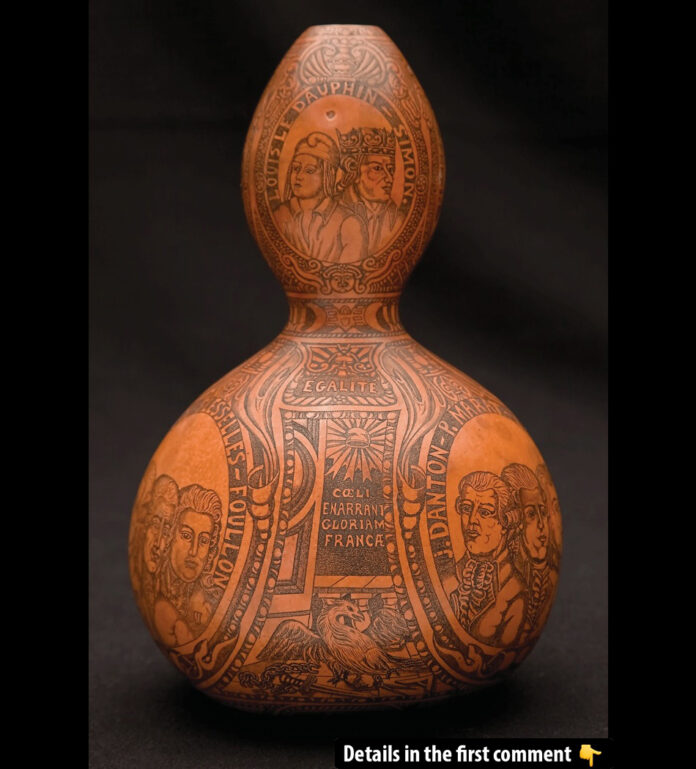History is often shaped by the strangest artifacts, and in this case, a simple squash has told a story that spans centuries. When King Louis XVI faced the guillotine during the French Revolution, few could have predicted that his blood, soaked into a handkerchief and stored in a gourd, would later become a subject of scientific intrigue. This extraordinary tale intertwines with the remains of another French monarch, King Henry IV, creating a narrative that connects the past with cutting-edge forensic science.
A Troubled Reign and a Bloody End
Louis XVI, crowned in 1774, inherited a monarchy riddled with financial crises and growing public discontent. His inability to reform and quell revolutionary fervor eventually led to his downfall. In 1793, amidst the chaos of the French Revolution, both Louis XVI and his queen, Marie Antoinette, were executed by guillotine.
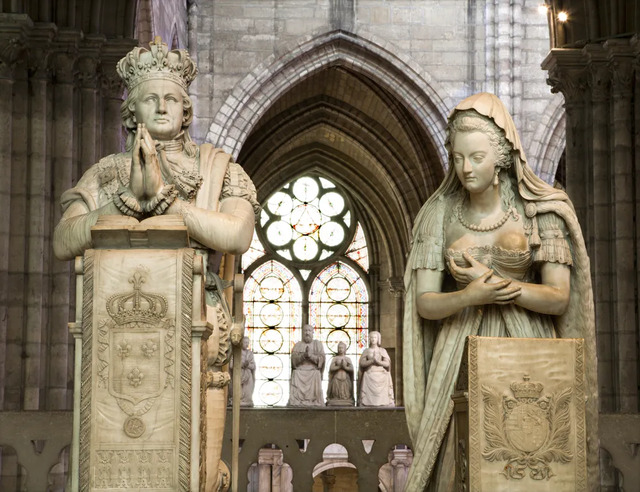
The scene of Louis XVI’s execution was chaotic, yet it is said that some witnesses, eager for a piece of history, soaked their handkerchiefs in his blood. Among these was Maximilien Bourdaloue, who purportedly stored his blood-stained handkerchief inside a decorative gourd adorned with images of French revolutionary heroes. This peculiar artifact, passed down through generations, would later become a crucial link in unraveling the identity of France’s ill-fated king.
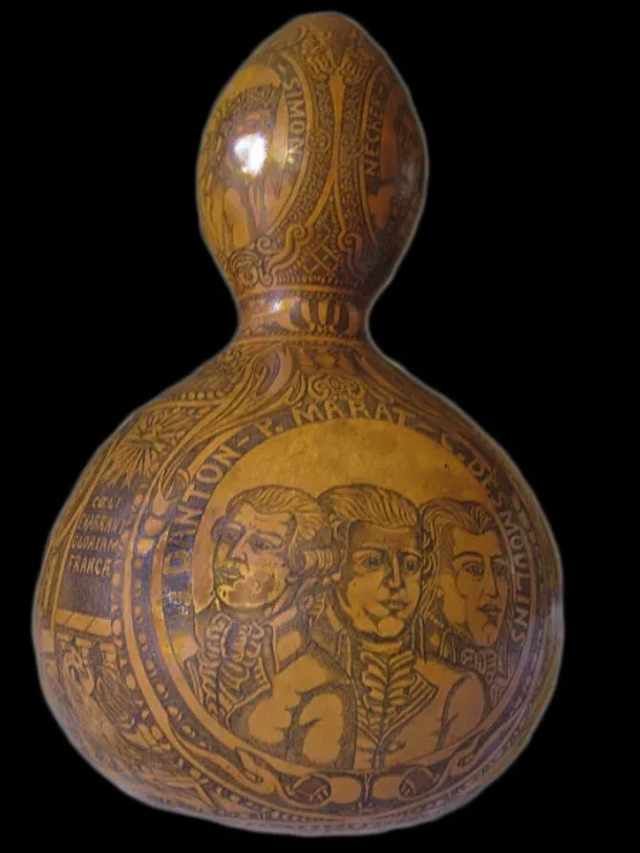
Video
Experience a haunting first-hand account of Louis XVI’s execution – watch the video to uncover the events surrounding this pivotal moment in French history!
The Gourd and Its Peculiar Tale
For years, the gourd remained in the possession of an Italian family, preserving its gruesome contents. The artifact bore an inscription recounting Bourdaloue’s act at the guillotine: “On January 21, Maximilien Bourdaloue dipped his handkerchief in the blood of Louis XVI after his decapitation.” Despite its dramatic claim, the authenticity of the gourd’s contents remained unverified for over two centuries.
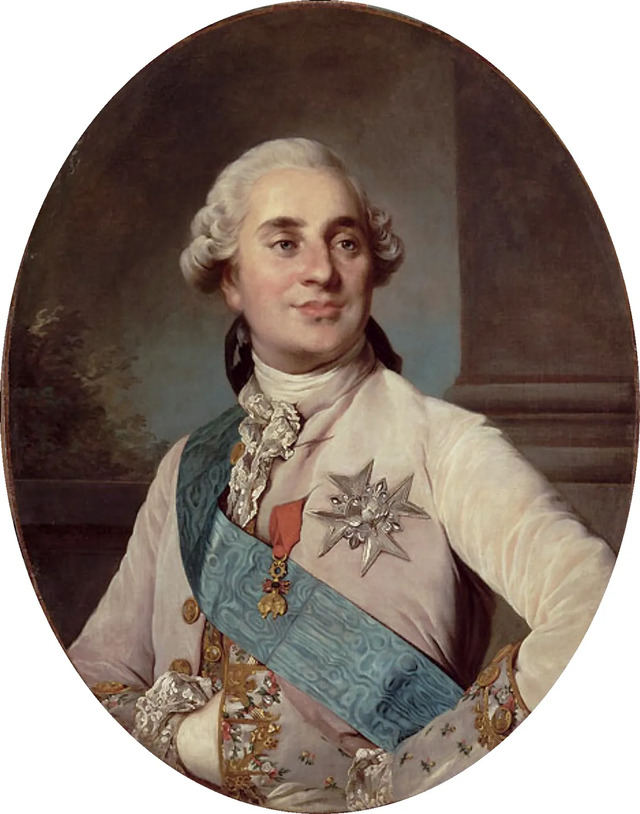
In 2013, scientists decided to investigate the dried blood within the gourd. Initial tests revealed the sample came from a blue-eyed European male, a tantalizing clue. However, without comparative DNA, the question of whether the blood truly belonged to Louis XVI remained unanswered.
Connecting Two Kings Across Time
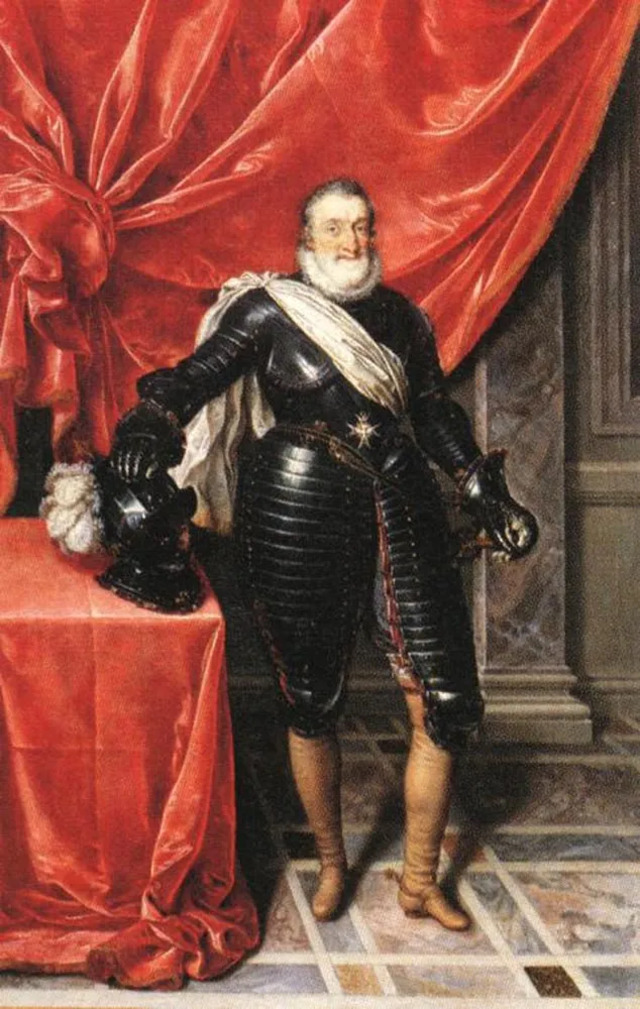
The solution to the mystery lay with another monarch: King Henry IV. Known as “Good King Henry,” he was revered for his fair rule during the late 16th and early 17th centuries. After his assassination in 1610, Henry IV was embalmed and interred in Paris. However, during the French Revolution, his grave was desecrated, and his head was severed and stolen.
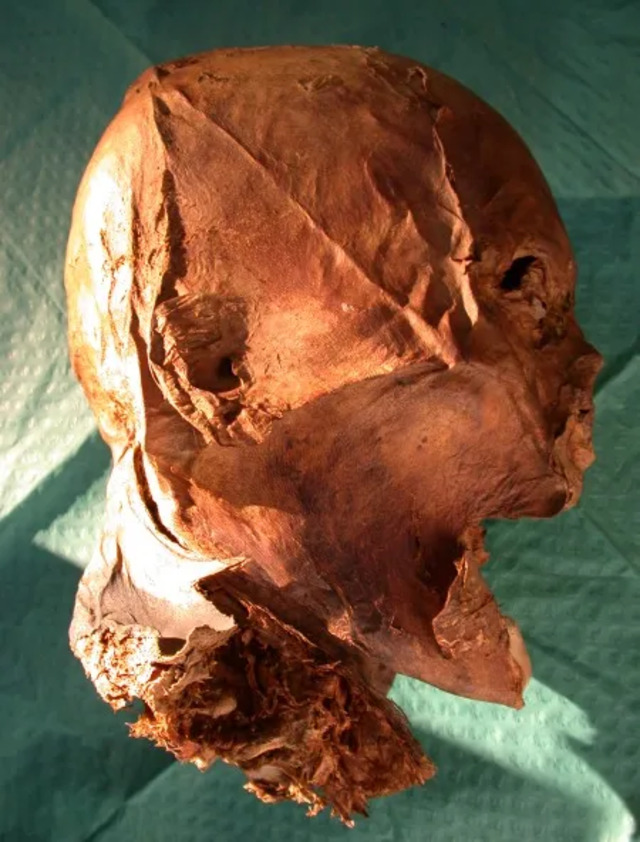
The head of Henry IV surfaced centuries later, and researchers embarked on an ambitious project to confirm its identity. A 2010 facial reconstruction strongly supported the claim, but the DNA was too degraded for definitive analysis—until the case of the gourd came to light.
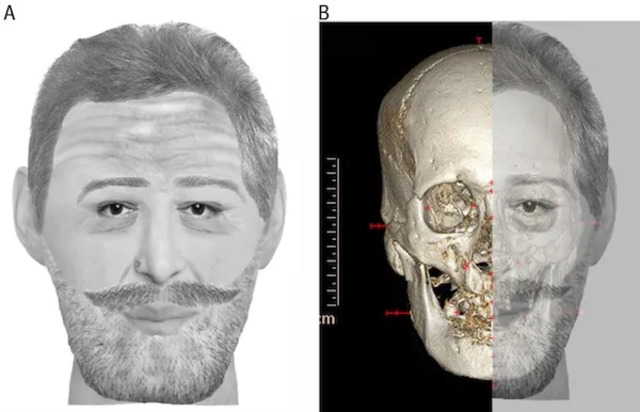
By comparing DNA from Henry IV’s embalmed head to the blood in the gourd, scientists uncovered a genetic connection. The Y chromosomes of both samples revealed that the two men were paternally related, confirming that the blood in the gourd belonged to King Louis XVI. This groundbreaking discovery not only authenticated the artifact but also affirmed the identity of Henry IV’s head, closing a historical loop.
The Role of Science in Validating History
The discovery underscored the power of modern science in verifying historical accounts. Through paleogenomics, researchers established a seven-generation link between Louis XVI and Henry IV, demonstrating how science can breathe new life into old stories.
Moreover, the analysis of Louis XVI’s blood highlighted the significance of preserving artifacts, no matter how peculiar. The gourd, once dismissed as a relic of morbid fascination, became a vessel for uncovering truths about France’s revolutionary past.

The Legacy of Two French Monarchs
The lives and deaths of Louis XVI and Henry IV reflect two distinct eras in French history. Henry IV, a Protestant who converted to Catholicism to secure the throne, earned his reputation as a unifying king. His assassination marked a tragic end to a peaceful reign. Louis XVI, on the other hand, epitomized the excesses of absolute monarchy, his execution symbolizing the revolution’s fierce demand for equality and justice.
Yet, these monarchs share a connection that transcends their differences. Through the gourd and the embalmed head, their stories remind us of the fragility of human legacy. History, shaped by revolution and rebellion, left their remains scattered and forgotten—only to be pieced together centuries later by science.
Conclusion: A Tale of Blood, Revolution, and Discovery
The tale of Louis XVI’s blood and Henry IV’s head is one of revolution, resilience, and rediscovery. It highlights the enduring fascination with the lives of monarchs and the lengths we go to uncover their stories. From a handkerchief soaked in blood to a gourd tucked away in an Italian family’s possession, the journey of these artifacts is as remarkable as the kings they represent.
In the end, this story is not just about two French monarchs—it is a testament to the power of science and history working together to illuminate the past. As researchers continue to explore the connections between artifacts and ancestry, we are reminded that history’s mysteries, however gruesome, are always worth unraveling.
